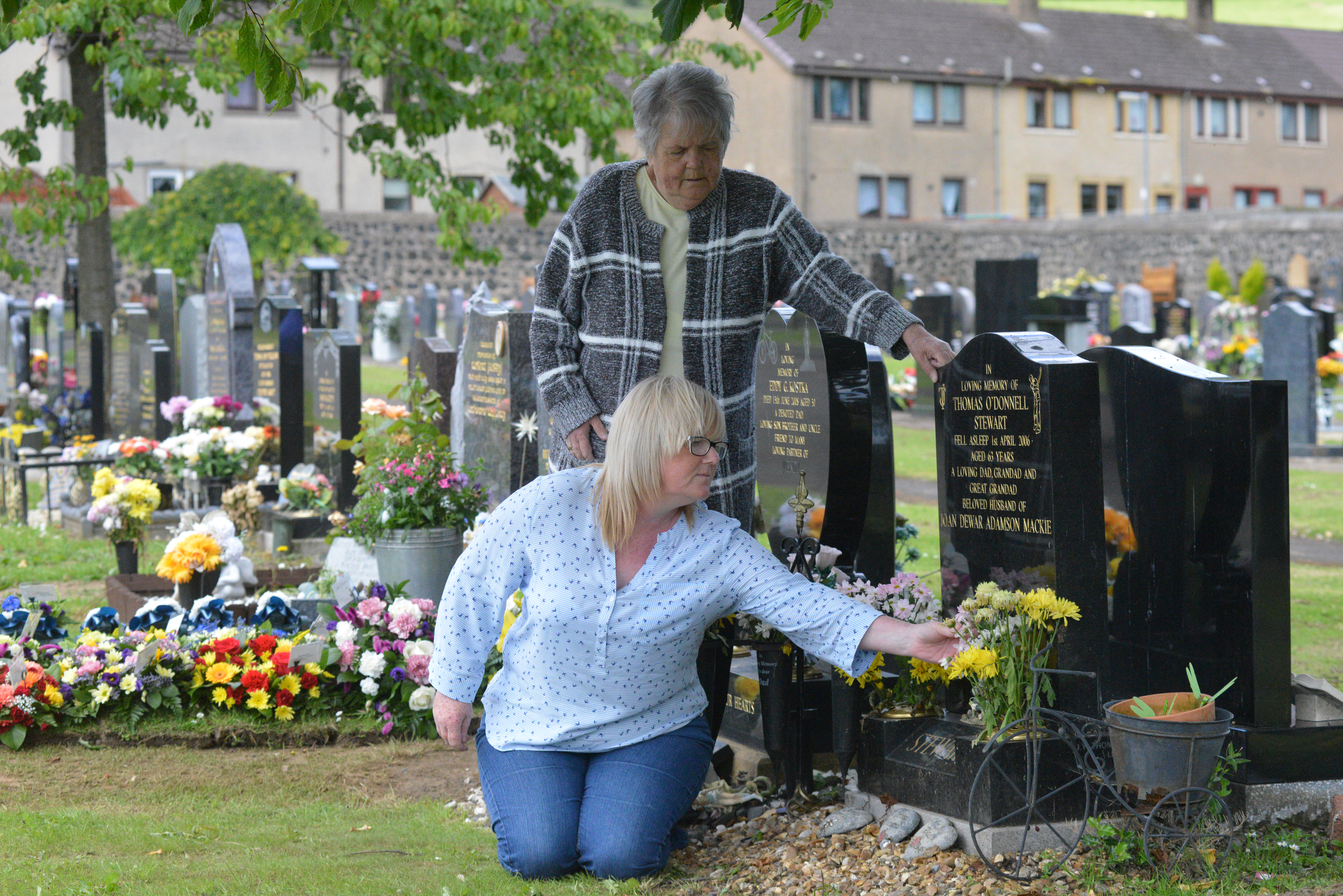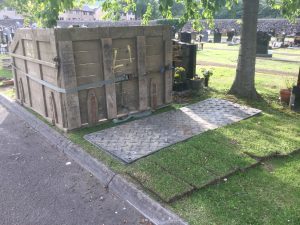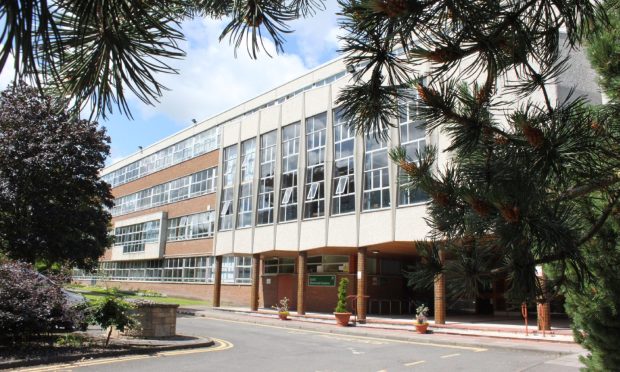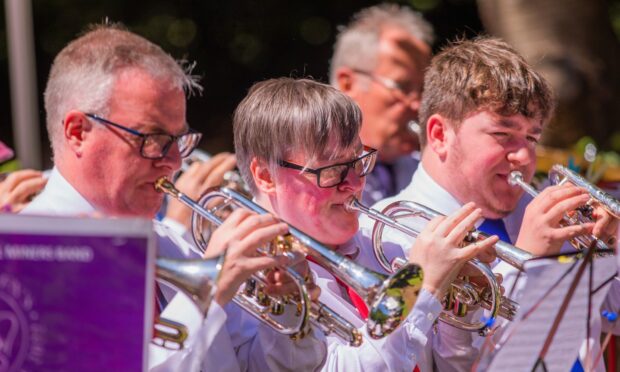Fife could lead the way in ending a centuries-old method of digging graves to prevent distress to families.
Dumping of earth from newly-dug plots on top of neighbouring resting spots is common practice across the country, but can be disturbing for relatives of those buried beneath.
A Fife councillor wants to see the region set an example for the rest of Scotland in putting a stop to the procedure, and Fife Council has agreed to a review.
A constituent’s horror at finding a container filled with soil on her father’s grave in Benarty Cemetery, prompted Councillor Mary Lockhart to speak out.
Suggesting earth could be transported by trailer away from graves, Ms Lockhart said: “Graves used to be dug by hand. Now we have modern machinery.
“I think this would take an extra half hour and it would save an awful lot of distress.”
Carolanne Stewart’s father Thomas O’Donnell Stewart, a local councillor and justice of the peace, was buried in the Ballingry graveyard 11 years ago.
For several days last week his final resting spot sat below a box containing earth from a plot where a funeral was about to take place.
Carolanne said: “I went to lay flowers but when I saw the box I thought they had dug my dad’s grave up. It was horrifying.
“My mum feels as though she has buried my dad all over again. We could barely sleep that night, it was just heart breaking.
“I’ve seen this happen before at other graves but it doesn’t hit home until it happens to one of your own.”
Ms Lockhart said: “Throughout the country when a new grave is dug it’s common practice that the soil is stored in a wooden box on top of adjacent graves and there it sits until the interment takes place.
“What this means is that a grieving widow can arrive to put flowers on her husband’s grave and without warning there’s this box of earth on it and she can’t get to her husband’s grave.”
Pressing for change, she said: “I want a political commitment to conducting a feasibility study into what the costs would be and how it could be done.
“I also want Fife Council to contact the Scottish Government to see if we could lead the way for the rest of Scotland.”
Cllr Ross Vettraino, convener of the council’s environment, protective services and community safety committee, promised the matter would be reviewed.
He said: “I recognise and understand the concerns which Cllr Lockhart has raised.
“It is most certainly something that should be looked at and, in that regard, I will ensure that the council’s practices are reviewed.
“I also recognise that this is a very sensitive subject and that, whatever the practices employed, they must not unnecessarily intrude on the emotions of the relatives and friends of the deceased.”
Already cemetery workers have been asked to check adjacent headstones for significant dates before placing boxes.










